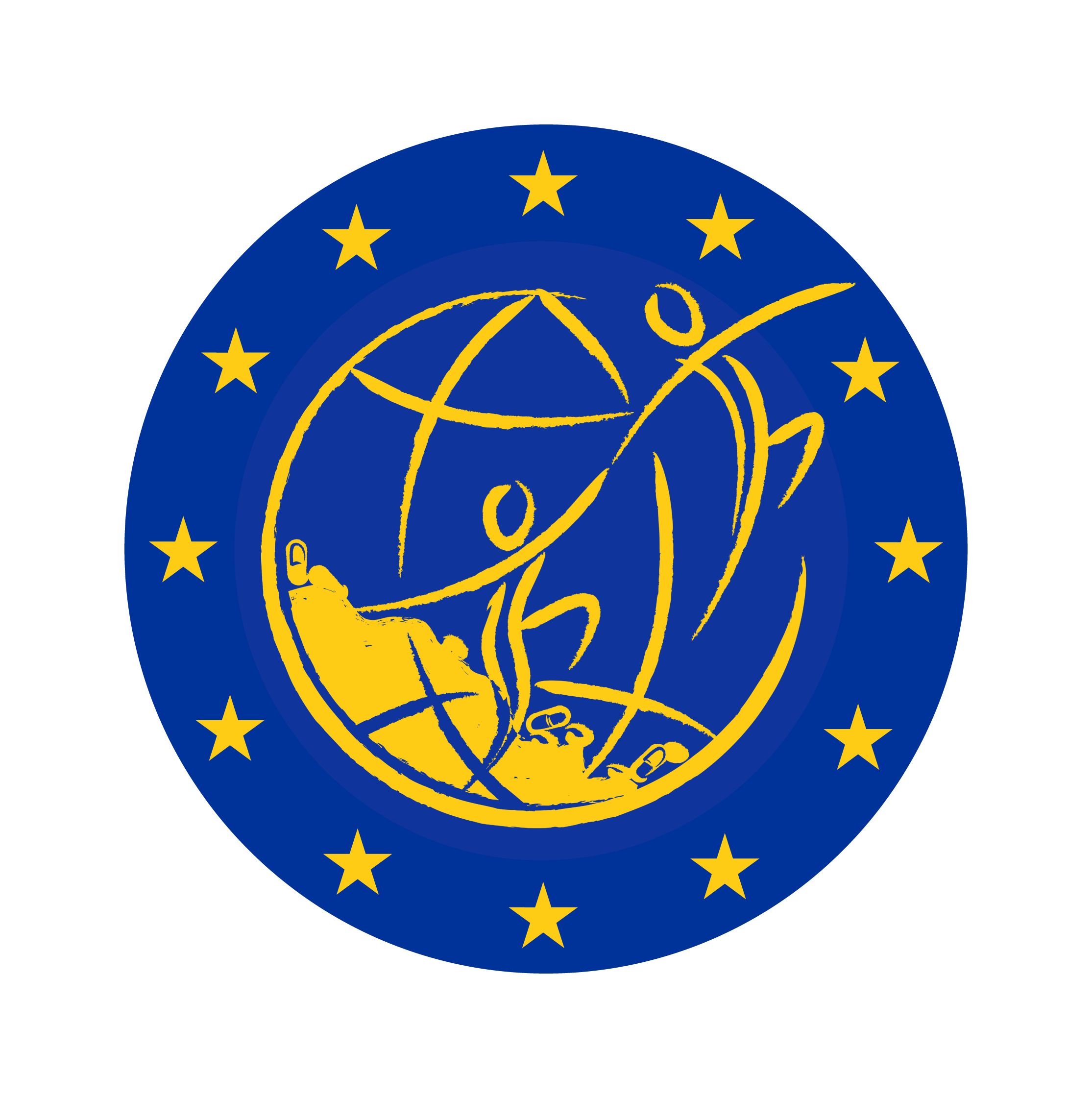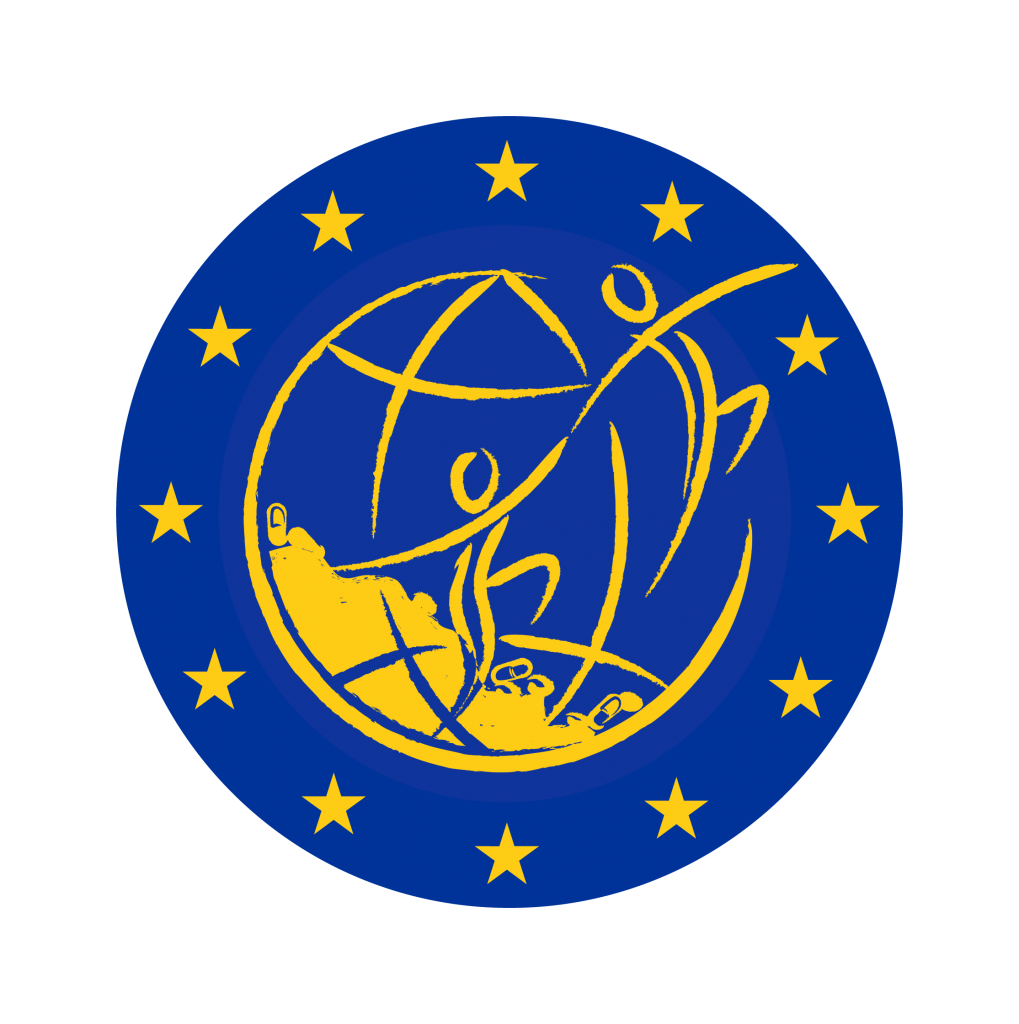1.3 million of European people are high-risk opiod users. The latest data show that heroin use still accounts for the majority, around 80%, of new opiod related treatment demands in Europe. 630 000 opioid users received substitution treatment in 2015.
Europe’s overdose deaths rose for the third consecutive year in 2015 to 8,441 and 81 percent of them were related to opioids, which include heroin*. New drugs were reported to the EU Early Warning System at a rate of one per week in 2016; moreover, even if the pace at which new substances are being introduced may be slowing, the overall number of substances available on the market continues to grow.
“We have seen in the last 18 months the rapid emergence of new highly potent synthetic opioids, mostly fentanyl derivatives” said EMCDDA scientific director Paul Griffiths. “Their potency means they pose a significant risk to those that consume them or are accidentally exposed to them.”
http://www.emcdda.europa.eu/
In USA: NIDA
Every day, more than 90 Americans die after overdosing on opioids. The misuse of and addiction to opioids—including prescription pain relievers, heroin, and synthetic opioids such as fentanyl—is a serious national crisis that affects public health as well as social and economic welfare. The Centers for Disease Control and Prevention estimates that the total “economic burden” of prescription opioid misuse alone in the United States is $78.5 billion a year, including the costs of healthcare, lost productivity, addiction treatment, and criminal justice involvement.
https://www.drugabuse.gov
*Heroin is highly addictive. People who regularly use heroin often develop a tolerance, which means that they need higher and/or more frequent doses of the drug to get the desired effects.
Found more data in the FDFE booklets:
The Truth About Heroin,
The Truth About Prescription Drugs,
The Truth About Painkillers.




